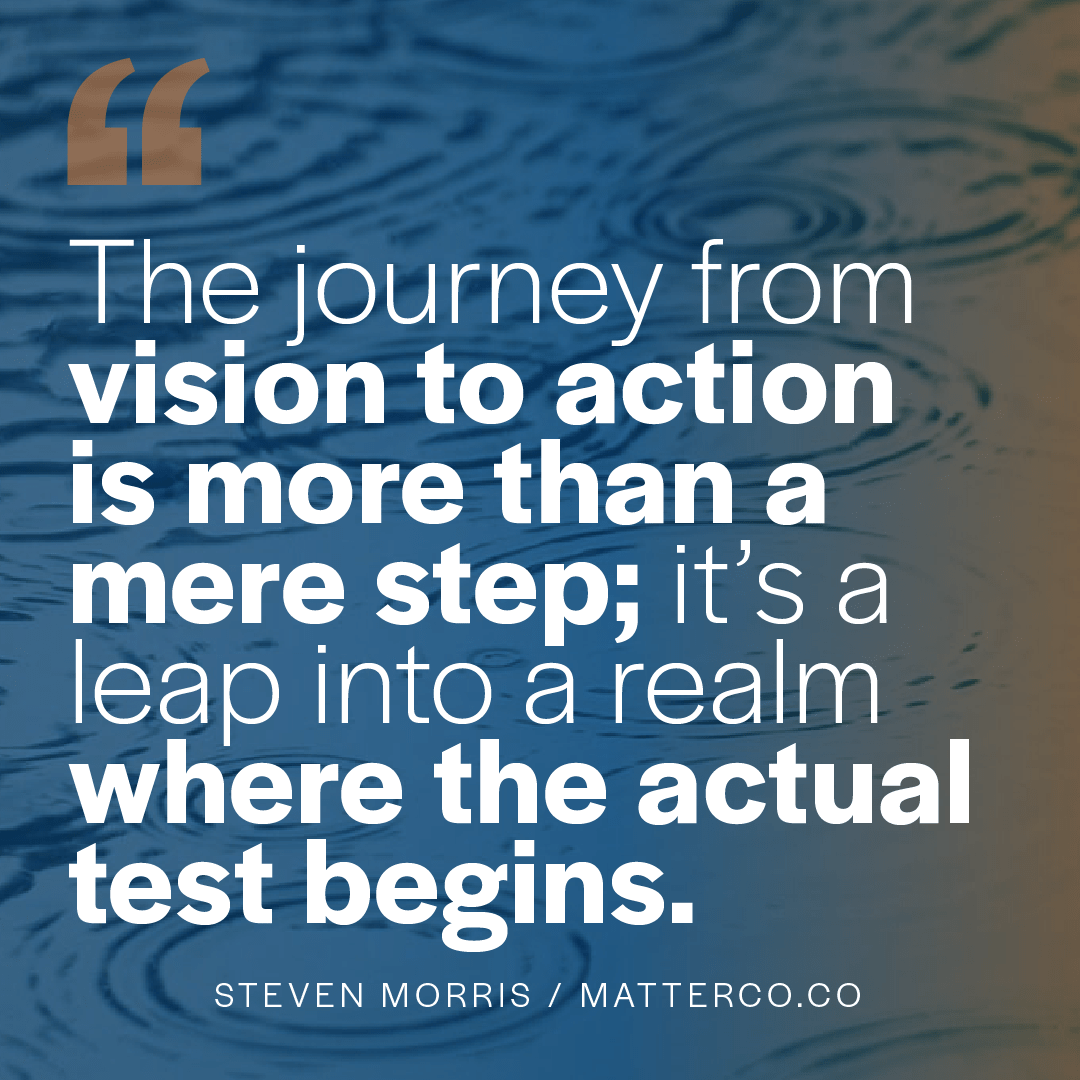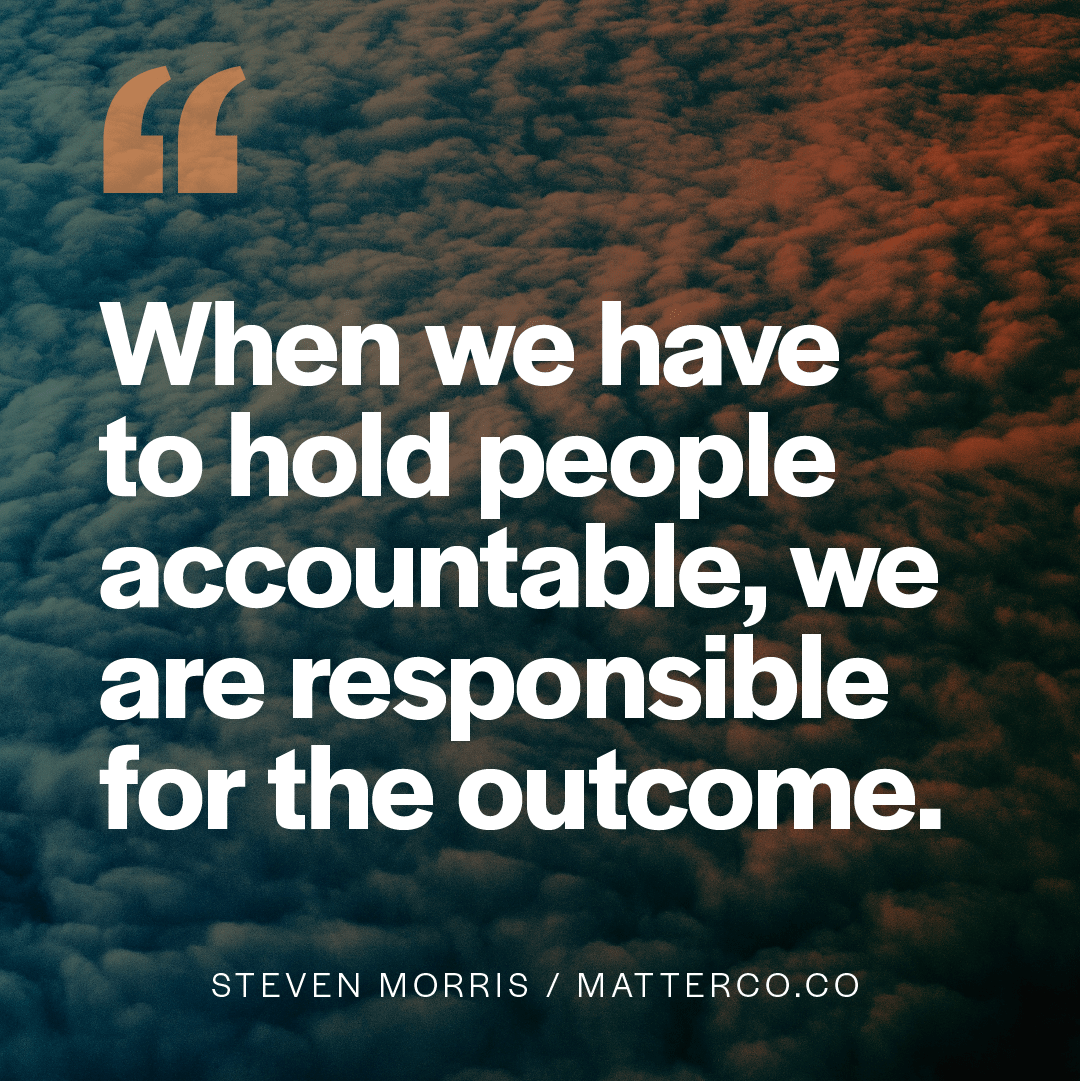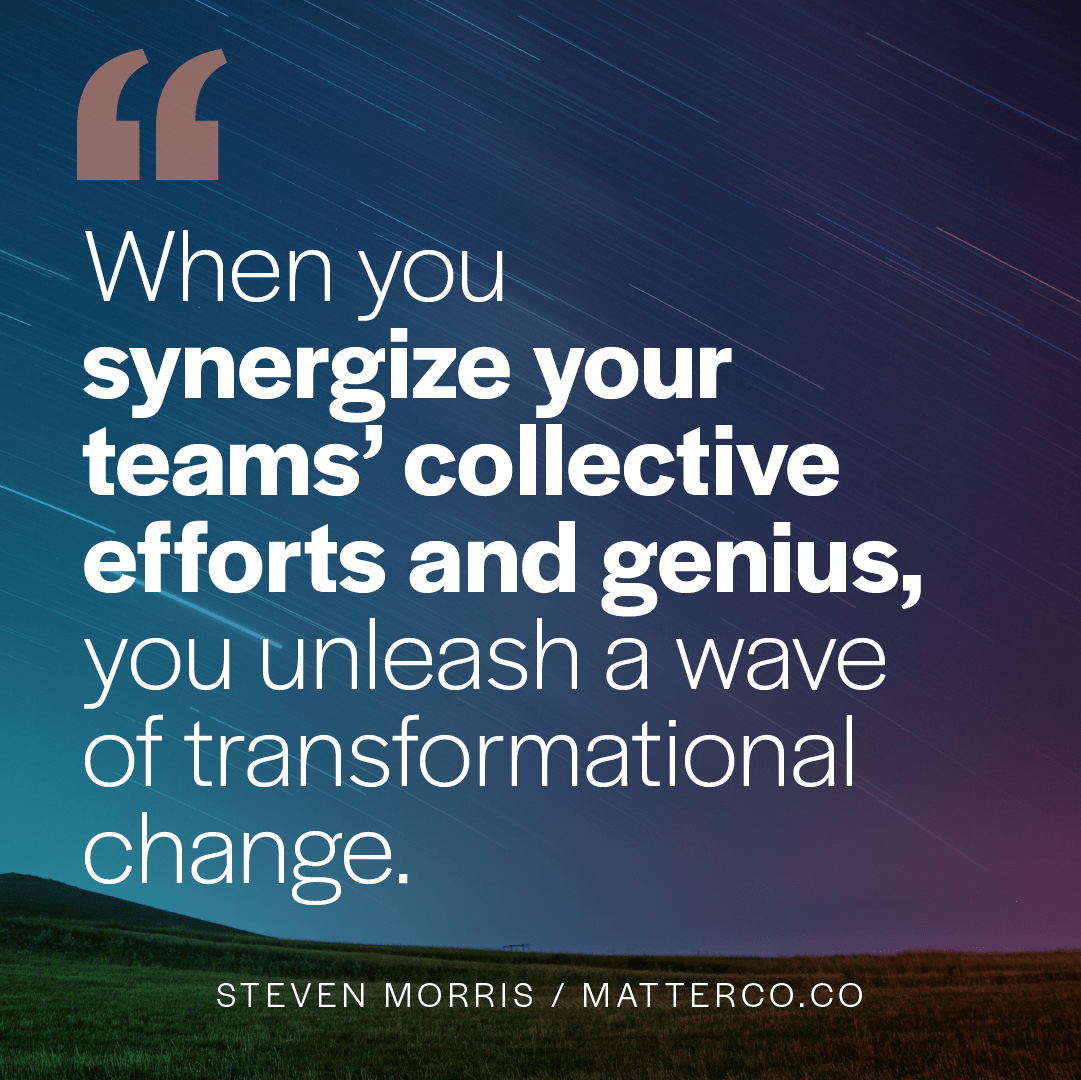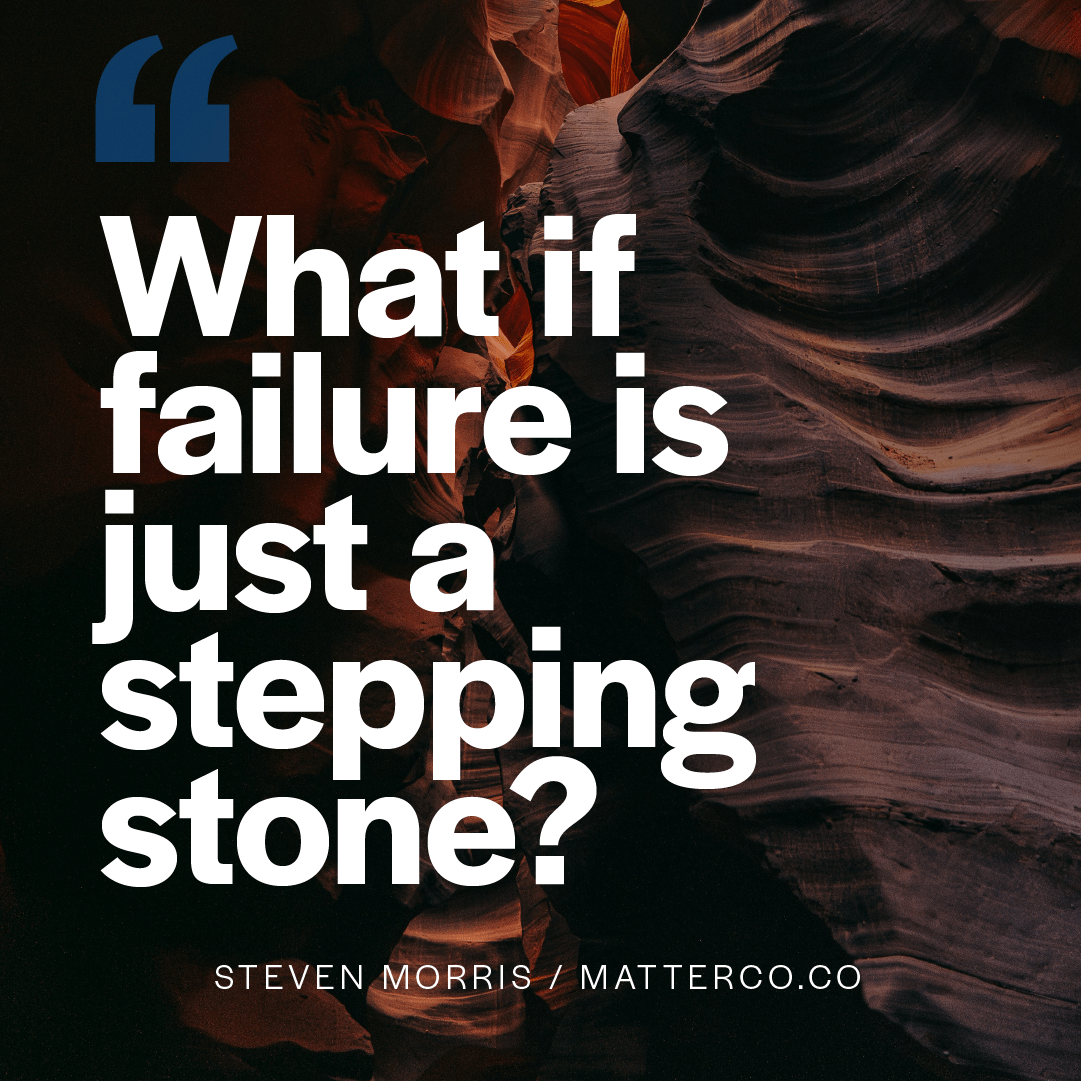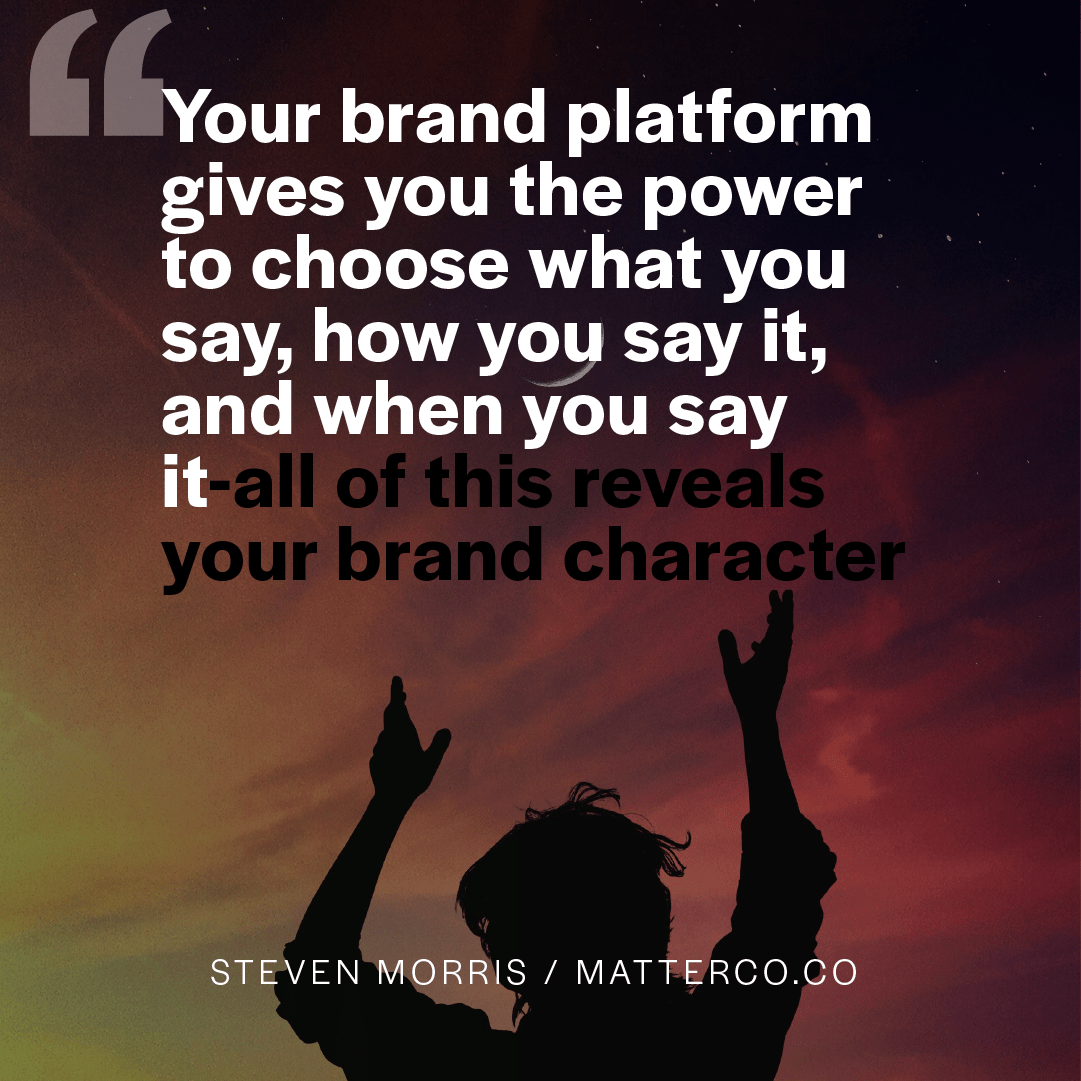
Power + Character
I’ve been struggling with the contents of this message over the last couple of weeks. My challenge is trying to reconcile what leaders and brands, including my brand, should be saying and doing, during times when so many are speaking out against inequalities.
These are serious issues during serious times that require thoughtful consideration and dialog. It’s not a time for values-washing—pretending to care by jumping on a current trend-bandwagon. It’s not a time for non-minority people in traditional power seats to be the ones with the loudest voices.
So, what should a brand do now? What should my brand do?
If you’ve read my writings long enough, you know I believe that your brand is your character, and your character is your brand.
But what is character? How does character show up? When does it and should it show up and speak? And, to whom?
Character comes from your values, commitments, and actions — what you consistently say and do.
These values come from your beliefs — what you believe to be true and right for you, your audience, and your team.
Character is revealed most when it’s in the pressure-cooker, and when big, principled decisions need to be made.
When your beliefs are not clear, neither is your brand. This lack of clarity cascades to inconsistencies in voice and action. We see this happening when brands jump on the latest trend, just to be part of that trend (aka FOMO for brands). As humans, we’re naturally skeptical of inconsistent behavior. As a consumer, this makes me suspicious of the motives behind those brands’ actions.
For brands, including my brand and the platform that it sits on, we have the power to choose what to say, how to say it, and when to say it.
All platforms have power.
It’s very likely that you read what I write because it provides some value to you, your leadership, your culture, and your brand. I take the responsibility of filling your inbox with things of value seriously. I work hard on providing value, as it’s an investment in our relationship. You reward me with your finite attention, so long as what I share is relevant and valuable to you. This is the way it works for all brand platforms.
If you have a brand you have an audience. If you have an audience, you have a platform. Some have huge audiences in the millions. Some have humbler audiences in the hundreds. The size of your platform is irrelevant. What I believe is more relevant is how you serve that audience.
Power is the ability to choose and create change.
Power gives you influence and options.
Your platform gives you a microphone to amplify your voice.
Your voice comes from your character.
You have more power than you likely realize.
Searching for a thru-line.
My brand is built upon the intersection of how I serve (bring value) to my client-partners and what I believe to be true about my earned expertise in brand, culture, and leadership. I describe that intersection as a point of evolution—a juncture where your readiness to evolve and take your leadership, culture, and brand to the next level is heightened.
When what I believe personally, drifts outside of how I directly provide value to my current and future clients, then I’m in a quandary.
I’ve been thinking about the responsibility I have with my platform. And I have more questions than answers.
Here’s the crux of what I’ve been asking myself:
- What is the thru-line between a brands’ responsibility to offer voice and action during these times when they haven’t previously address racial inequality?
- Where does what leaders feel personally intersect with unignorablecultural issues that don’t have obvious connections to day-to-day operations?
- In broader terms, what is the role of brands, especially ones with large platforms, in shaping the narrative in our society?
- What is the role of an organizational culture to reflect on that significant issues of the world?
- What is the role of business, even your business, in creating a forum for thoughtful dialog about social issues?
The truest thru-line I can find so far is that it’s not my job to tell you what your brand should or shouldn’t say or do about any inequalities, racial or otherwise. At the same time, I believe that brands have a responsibility to care for the people connected to the organization—customers, employees, partners, investors, etc. I help guide you to be more clear about your character. I help you care for your people. I help you clear the obstacles so you and your business thrives.
Through my writing, it is my job to serve leaders and brands with the kinds of questions that only they can answer in what’s true and right for them—in their own way and in their own time (see below).
The uniting and igniting around your common cause.
The purpose, promise, and mantra for my business is baked into this single statement: There’s nothing more powerful than a united group of souls ignited in a common cause with love at the core. This speaks to what I do, and why I do it. If we’ve worked together long enough I’ve likely helped you identify and activate your own mantra.
Brands have the power to point its voice, ear, and actions in two ways: Internally to their culture, and externally to their audiences.
It’s during these times that thoughtful brands should be actively listening, taking stock of what they stand for, investigating where their blind spots might be, and exploring what they’re willing to do and say. One clarity that’s emerging is that there needs to be more listening than talking by non-minority people in power. Intentional dialog with active listening is one step that leaders, cultures, and brands can take.
The world is hungry for leadership. But leading isn’t always an act of doing. Leading by listening may be just the right remedy for these times.
Here are some questions you might consider in fostering intentional dialog in your organization.
Questions for leaders:
- How can we best use our leadership power to better amplify the voices of who are Black, Indigenous, and People of Color (BIPOC) within our team, and with our public?
- How aligned is our organization on BIPOC issues—both internally and externally—right now?
- What are our blind spots and bright spots, as individuals and as an organization? What unconscious areas must now be brought into awareness?
- How do I assess my organization’s state with respect to race equity? Do we have policies and practices in place to understand and communicate equality?
- And how do we actively address these areas so that we can evolve as an organization and be a force of genuine service in the world of our people (inside and out)?
- In what ways can we activate deeper listening and learning from those in positions of power about BIPOC issues?
- How does our organization need to evolve in light of what we discover?
Questions for cultures:
- In what ways are racial inequality taking place in our culture? How do we know? How do we address it?
- What approaches and/or tactics can I/we influence to build a Race Equity Culture?
- How do people engage if they are too scared to even begin a conversation about race?
- How can I speak about my personal experience with racism and internalized racism in my organization?
- What is my role in leading this work as a person of color? What is my role in leading this work as a non-minority person? What can we learn from one another as a mixed-race team? How can we pollinate these learnings throughout the team?
- How can team members effectively engage senior leaders who may be resistant to directly addressing issues of race and equity?
- How can non-minority supervisors advocate and make space for their BIPOC staff?
- How can you advocate for racial equity if you’re not in a position of leadership?
Questions for brands:
- How can we best use our platform to better amplify the voices of who are BIPOC?
- How can our brand employ deeper listening and learning from BIPOC audiences?
- What role does our brand play in shaping societal conversations about BIPOC issues?
One parting piece of advice as shared from a CEO I spoke with. “We made the mistake of putting the responsibility of our black employees to lead the dialog about race. This was a mistake. It unfairly put the onus on them to describe racial prejudice and inequalities. It’s not their job to explain this.”
Whatever you do I suggest you consider this: listen and learn before you act; when you act be authentic to your brand character and be of value to your audience.
If you want a more trusting team, a culture of belonging or a magnetic brand that attracts more of the right customers, I can help. If you'd like to explore if working together makes sense, drop me a line.




